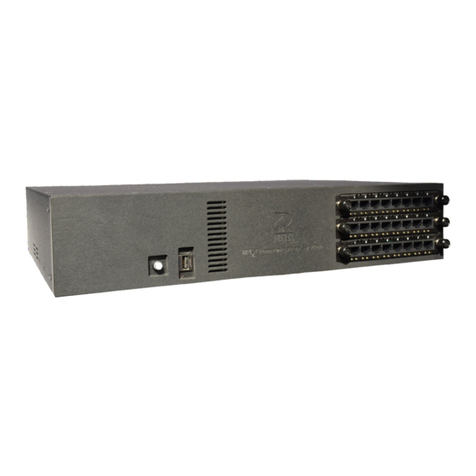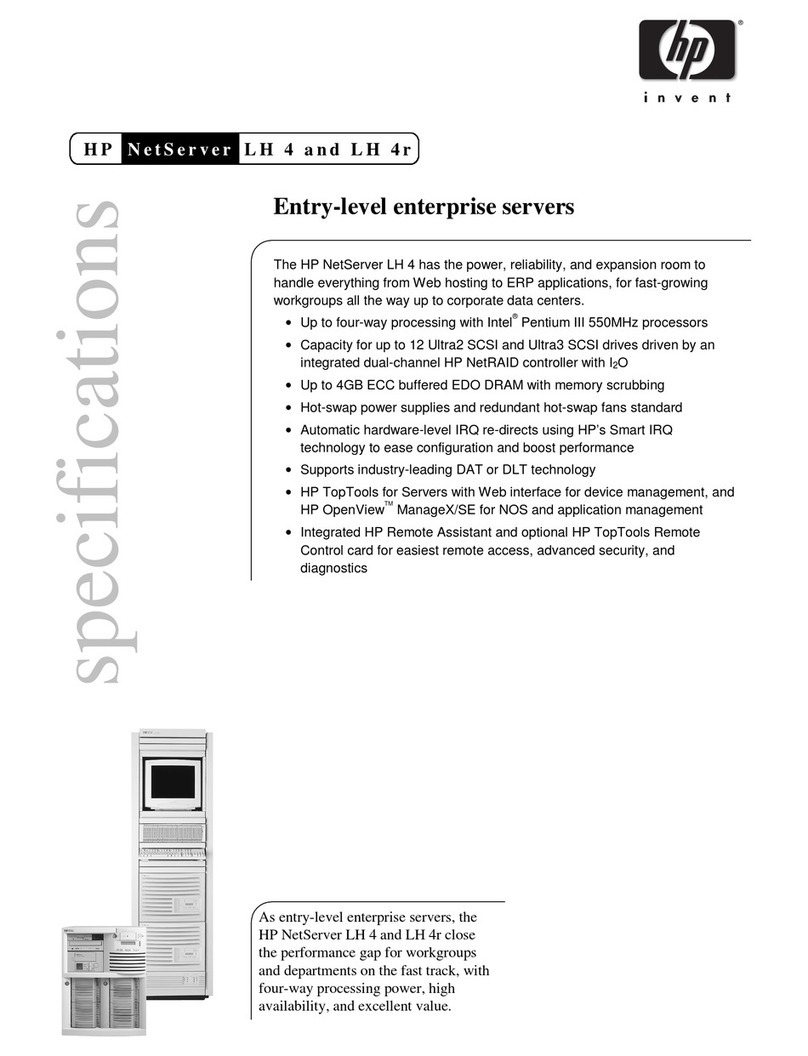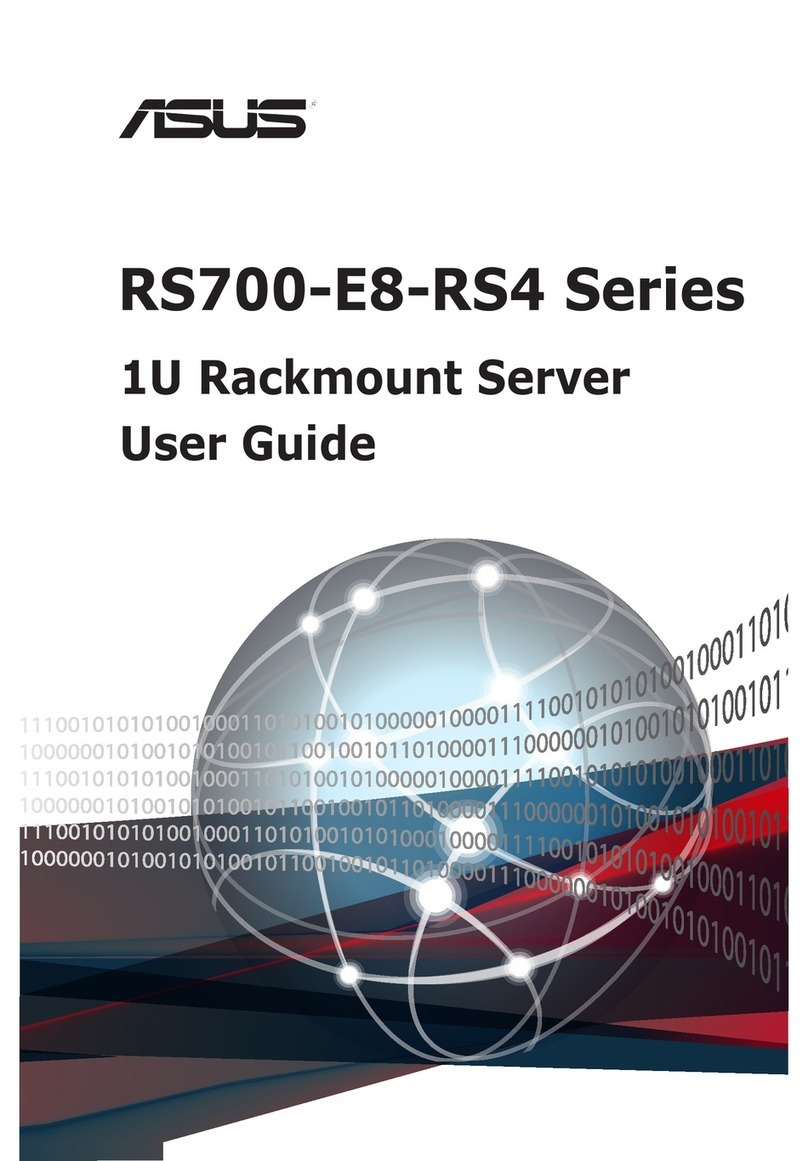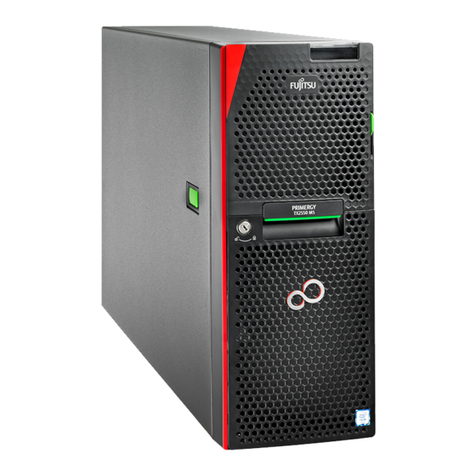BigBattery 48V LYNX User manual

-
w

Table of Contents
1. Introduction . . . . . . . . . . . 2
2. Features & Applications . . . . . . . . . . . 2
3. Product Specifications . . . . . . . . . . . 3
3.1 Front Panel . . . . . . . . . . . 3
3.2 Battery Specs . . . . . . . . . . . 4
3.3 BMS Specs . . . . . . . . . . . 5
3.4 BMS Protections . . . . . . . . . . . 7
3.5 Control Panel Indicators . . . . . . . . . . . 8
4. Warnings & Precautions . . . . . . . . . . 10
5. Parts & Components . . . . . . . . . . 11
5.1 Installation Safety Guidelines . . . . . . . . . . 11
5.2 Parts & Components . . . . . . . . . . 11
5.3 Environmental Requirements . . . . . . . . . . 12
5.4 Battery Installation . . . . . . . . . . 12
6. PC Software Operation . . . . . . . . . . 15
7. Recycling . . . . . . . . . . 16
8. Warranty & Returns . . . . . . . . . . 17
1
Need Further Assistance?
Email us @ Support@BigBattery.com (OR) Call us @ # (818) 280-3091.

1. Introduction
Introducing BigBattery’s 48V LYNX! The LYNX is designed specifically for your
telecom and off-grid applications, packing 5.3 kWh of capacity in a compact and
portable housing! This is the BEST battery money can buy. These units utilize a
lithium iron phosphate (LiFePO4/LFP) chemistry, which is the SAFEST battery
chemistry in the world. This User Manual is designed to provide you with an
understanding of the specs, features, capabilities, and installation of the 48V LYNX.
Read and take note of all safety information prior to installing or operating your
battery. This document applies to the BigBattery 48V LYNX (FLYNX-48053-G1).
2. Features & Applications
Applications
●Telecom
●Solar
●Emergency Power
●Data Centers
●Off-Grid
●Backup Power
Features
●Advanced BMS (Battery
Management System)
●Lithium-Ion LiFePO4/LFP
Chemistry
●LED BMS Alarm Indicators
●Dual Ethernet ports (RS485
Communications)
●DIP Dial Switch
●High quality & durable steel
construction
●Standardized 175-amp
connector for battery power
source
●LED SoC Indicators & Voltage
Display
●Internal Fire Extinguisher
BigBattery’s 48V LYNX is the ultimate solution for your telecom and data center
power supplies, solar and off-grid systems, emergency power storage, and more.
These batteries come equipped with our advanced BMS, and can operate safely
within a wide temperature range. They will last at least 3,700 – 8,000 Complete Full
Charge/Discharge Cycles, and are incredibly versatile, allowing you to easily connect
to and provide power to a variety of larger power systems. The battery utilizes a
standard 175 connection, which easily and safely secures power to your battery unit.
Equipped with the 48V LYNX from BigBattery, you’ll stay powered and prepared!
2
Need Further Assistance?
Email us @ Support@BigBattery.com (OR) Call us @ # (818) 280-3091.

3. Product Specifications
3.1 Front Panel
No.
Name
Description
Notes
1
Handles
For carrying and handling
2
Fixture
Rack mount enclosure
3
LED Voltmeter
Displays battery voltage
4
100A Safety
Breaker
Switch the battery output between
on and off
5
BB175
Connector
Easy and safe connection for
charging and discharging
6
Reset
Reset battery to default specs
7
RS485
RS485 communication interface
8
ID (Dial Switch)
Assign addresses to each module
See Section 5.4
9
RUN
Operating LED indicator
ON = Constant
CHRG/DISCHRG =
Flashing
10
ALARM
Alarm LED indicator
11
SoC
State of Charge
Four green LEDs (25%
each)
3
Need Further Assistance?
Email us @ Support@BigBattery.com (OR) Call us @ # (818) 280-3091.

3.2 Battery Specs
Parameter
Specification
Unit
Chemistry
Lithium Iron Phosphate,
LiFePO4/LFP
Cell Configuration
16S
n/a
Nominal Voltage
48
Volts (DC)
Capacity (kWh)
5.3
Kilowatt-hours
Capacity (Ah)
103
Amp-hours
Operating Voltage Range
43 – 58.8
Volts (DC)
Charging Voltage Range
55.2 - 57.6
Volts (DC)
Max Charging Voltage
58.8
Volts (DC)
WARNING: Do NOT exceed max charging voltage.
Charging Current Limit
(Continuous)
90
Amps
Discharging Current Limit
(Continuous)
130
Amps
Max Peak Discharge Current
(Over 6 seconds)
350
Amps
Charge Temp Range
0 - 55
(32 - 131)
°C
(°F)
Discharge Temp Range
-30 - 55
(-22 – 131)
°C
(°F)
Optimal Discharge Temp Range
15 - 35
(59 - 95)
°C
(°F)
Storage Temperature Range
(Max 6 months)
(Humidity < 90%)
-5 - 35
(23 - 95)
°C
(°F)
Optimal Storage Temp Range
15 - 35
(59 - 95)
°C
(°F)
Weight
49
(108)
kg
(lb)
Length
62.23
(24.5)
cm
(in)
Width
48.26
(19)
cm
(in)
Height
13.34
(5.25)
cm
(in)
4
Need Further Assistance?
Email us @ Support@BigBattery.com (OR) Call us @ # (818) 280-3091.

Safety Features
BMS (Over/Under Voltage & Over-Current
Protection, Thermal Management System)
100A Breaker
Max Battery Connections
Series: Not series capable
Parallel: Max. 8 connections
3.2 BMS Specs
Category
Function
Specification
Unit
Charge Voltage
Protection
Maximum Charger
Voltage (CC-CV)
58.8
Volts (DC)
Overcharge Voltage Limit
Cutoff Protection (each
cell)
3.8 - 3.9
Volts (DC)
Overcharge Voltage Limit
Protection Delay Time
2000
Milliseconds
Overcharge Protection
Recovery Voltage
3.45
Volts (DC)
Discharge
Voltage
Protection
Low Voltage Protection
Limit Range
2.5 - 2.3
Volts (DC)
Low Voltage Protection
Delay Time
2000
Milliseconds
Low Voltage Protection
Recovery
3.1
Volts (DC)
Overcurrent
Protection
Charge Overcurrent
Protection Value Range
102
(120)
Amps
Charge Overcurrent Delay
10
(3)
Seconds
Charge Overcurrent
Release Recovery
Condition
Reconnection delayed 180
seconds
Scenario 1:
Discharge Overcurrent
Protection
130
(150)
Amps
Scenario 1:
Discharge Overcurrent
Protection Delay
10
(3)
Seconds
Scenario 2 (Short Circuit):
Discharge Overcurrent
Protection Range
350
Amps
5
Need Further Assistance?
Email us @ Support@BigBattery.com (OR) Call us @ # (818) 280-3091.

Scenario 2 (Short Circuit):
Discharge Overcurrent
Protection Delay Range
1
Second
Discharge Overcurrent
Protection Recovery
Condition
Reconnection delayed 60
seconds
Balance
Function
Maximum Cell Voltage to
Activate Cell Balancing
3.4
Volts (DC)
Voltage Difference to
Activate Cell Balancing
40
Millivolts
(DC)
Balancing Mode
Balance when charging
Balancing Current Range
100
Milliamps
Temperature
Protection
High Temperature
Protection Value when
Charging
60
(140)
°C
(°F)
High Temperature
Protection Release Value
when Charging
55
(131)
°C
(°F)
Low Temperature
Protection Value when
Charging
-5
(23)
°C
(°F)
Low Temperature
Protection Release Value
when Charging
0
(32)
°C
(°F)
High Temperature
Protection Value when
Discharging
60
(140)
°C
(°F)
High Temperature
Protection Release Value
when Discharging
55
(131)
°C
(°F)
Low Temperature
Protection Value when
Discharging
-20
(-4)
°C
(°F)
Low Temperature
Protection Release Value
when Discharging
-10
(14)
°C
(°F)
6
Need Further Assistance?
Email us @ Support@BigBattery.com (OR) Call us @ # (818) 280-3091.

3.3 BMS Protections
For all BMS protection and recovery values, refer to Section 3.2 above.
Over Charge Protection
During charging, if the voltage of any cell exceeds the setting for cell protection or
the total voltage of the system is greater than the Max Charging Voltage, the BMS
stops charging. When the voltage of each cell and the total voltage of the battery
drops to the recovery values, the protection is removed.
Over Discharge Protection
During discharge, if the voltage of any cell or the total voltage of the battery is lower
than the protection values, the BMS stops discharging. When all cell voltages and the
total voltage reach the recovery values, the protection is removed.
Charging Over Current Protection
During charging, if the current surpasses the protection value, the BMS will limit the
charging current to less than the protection value.
Discharging Over Current Protection
During discharging, if the current surpasses the protection value, the BMS stops
discharging. Remove the load or charge the battery to remove the protection.
Short Circuit Protection
During discharging, if the current is so much bigger than the normal working current,
it’s considered a short circuit, the BMS will stop discharging.
Reverse Polarity Protection
When the battery and rectifier are in reverse connection, the BMS will immediately
enter a state of polarity protection to protect the battery and rectifier from being
damaged by high currents.
7
Need Further Assistance?
Email us @ Support@BigBattery.com (OR) Call us @ # (818) 280-3091.

Cell Temperature Protection
If the temperature of any cell surpasses 70°C or drops below 0°C, the BMS will stop
charging. If the temperature of any cell surpasses 75°C or drops below -20°C, the
BMS will stop the discharge.
PCB High Temperature Protection
If the PCB temperature surpasses 95 °C, the BMS will stop charging or discharging
until the temperature drops below the recovery value.
Cell Balancing
During charging, if all cell voltages are greater than 3.4V and the voltage difference
between cells (ΔU) is > 40mV (ΔU = Max. Cell Voltage - Min. Cell Voltage), the BMS
will trigger the balancing process.
3.4 Control Panel Indicators
BMS Protection Indicators
When the LED alarm light comes on, a BMS protection has been triggered and the
battery has been protected. Please refer to the table below for individual warning
indicators and their recovery process and take the appropriate action.
State
Protection
Indicator
Recovery
Charging
Over Voltage
ALARM
Stop charging. Check module
voltage and charger.
Over Current
ALARM
Stop charging. Check settings and
limitations.
Temperature
ALARM
Stop charging. Wait for the
temperature recovery condition.
Discharging
Under Voltage
ALARM
Stop discharging. Begin charging.
Over Current
ALARM
Stop discharging. Check for current
overload.
Temperature
ALARM
Stop discharging. Wait for the
temperature recovery condition.
8
Need Further Assistance?
Email us @ Support@BigBattery.com (OR) Call us @ # (818) 280-3091.

General LED Indicators
State
Warning/N
ormal
RUN
ALARM
SOC LED*
25%
50%
75%
100%
Standby
Normal
ON
OFF
ON as battery capacity indicates
Warning
ON
Flash 2*
Protection
OFF
ON
Charge
Normal
Flash 1*
OFF
Warning
Flash 1*
Flash 2*
Protection
OFF
ON
Discharge
Normal
Flash 2*
OFF
Warning
Flash 2*
Flash 2*
Protection
OFF
ON
BMS Failure
OFF
Flash 2*
OFF
*For State of Charge (SOC), each ON LED indicates an increment of 25% SOC.
**Flash 1 = One flash every 1.2 seconds; Flash 2 = One flash every 2.4 seconds.
9
Need Further Assistance?
Email us @ Support@BigBattery.com (OR) Call us @ # (818) 280-3091.

4. Warnings & Precautions
Lithium Iron Phosphate (LiFePO4) batteries are an inherently safe chemistry.
However, safety measures should always be taken. Adhere to the instructions within
this User Manual for safe handling and operation.
Warnings:
Do not charge with a charge voltage above 58.8V.
Do not charge/discharge battery when ambient temperature is ≥ 55 °C (131 °F).
Do not install battery where it may contact conductive materials, water, seawater,
strong oxidizers, nor strong acids.
Do not install battery in a location exposed to direct sun, hot surfaces, nor hot
locations. Do not install batteries in a tight clearance compartment, overheating
may result.
Keep any flammable/combustible material (e.g. paper, cloth, plastic, etc.) that may
be ignited by heat, sparks, flames, or any other heat source at a minimum distance
of two feet away from the batteries.
Disconnect batteries immediately if, during operation or charging, they emit an
unusual smell, develop heat, or behave abnormally.
Have a Class ABC or Class BC fire extinguisher on the premises.
Precautions:
Handle batteries and/or battery-powered devices cautiously to not damage
the battery casing or connections.
Do not charge battery if ambient temperature is below 0°C (32 °F), nor
discharge battery if ambient temperature is below -30 °C (-22 °F).
Before storing battery for ≥ 6 months, charge the battery to 53V or above.
For long-term storage, disconnect batteries from your power system.
Always wear protective gear when handling batteries.
Do not place any objects on top of batteries.
Make sure all cable connections are properly tightened.
Install and remove batteries using the handles provided.
10
Need Further Assistance?
Email us @ Support@BigBattery.com (OR) Call us @ # (818) 280-3091.

5. Parts & Components
WARNING: Before installing, make sure to review all warnings and
precautions in Section 4, as well as the installation safety guidelines in
Section 5.1 below.
5.1 Installation Safety Guidelines
●Inspect batteries upon receipt for any signs of damage before use.
●Check to ensure that all cables are in good condition.
●Use a screwdriver with a rubber coated handle.
●When your battery has been charging and has come to maximum charge (up to
58.8V max.), your battery may experience a slight voltage drop either immediately or
within the hour after unplugging. This is normal and should be no cause for concern.
5.2 Parts & Components
General
LYNX Unit (1)
62.23 x 48.26 x 13.34 cm
(24.5 x 19 x 5.25 in)
Ring Terminal to 175-amp
Connector Cable (1)
101.6 cm
(40 in)
11
Need Further Assistance?
Email us @ Support@BigBattery.com (OR) Call us @ # (818) 280-3091.

5.3 Environmental Requirements
The installed battery module requires specific environment parameters for safe,
long-term operation. The environmental requirements are shown in the table below.
Type
Requirement
Working Temperature Range (Ambient)
(0° C - 55° C) 32° F - 131° F
Storage Temperature Range (Ambient)
(0° C - 35° C) 32° F - 95° F
Relative Humidity
≤ 95%
Atmospheric Pressure Range
86 kPa - 106 kPa
Site Environment
No conductive dust, corrosive gas, or
vibration. Keep away from heat or
flame.
5.4 Battery Installation
Before installing, ensure all grid power sources are turned off. Turn off all batteries
and disconnect all loads. Ensure there are no voltages present before proceeding.
Machinery Installation
Step 1 - Mounting Brackets Installation
Ensure mounting brackets are attached to both sides of the battery. If they are not
attached, locate the mounting brackets and hardware within the shipment packaging
and connect a mounting bracket to each side of the battery. Ensure the mounting
brackets are attached securely.
Step 2 - Battery Installation
The preferred method to mount the battery is within a standard 19-in. rack or cabinet.
Use the battery handles to lift the battery onto the rack’s supporting plate then push
the battery into the rack until the mounting brackets touch the rack frame. Then
attach the mounting bolts through the battery mounting brackets to the
corresponding mounting nuts on the rack frame. Ensure the mounting brackets fit
firmly against the rack frame, then tighten the bolts.
12
Need Further Assistance?
Email us @ Support@BigBattery.com (OR) Call us @ # (818) 280-3091.

Electrical Installation
Step 1 - Connecting the Grounding Cable
Connect a grounding wire of sufficient gauge from the battery enclosure grounding
screw to the cabinet or rack frame ground point. Ensure the connection is secure and
corrosion free.
Step 2 - Power Line Installation
When using a single battery, connect the battery directly to the source or load,
ensuring proper connection polarity. When using multiple batteries connected in
parallel, ensure that all battery output voltages are within 0.1 volts (100 millivolts) of
each other before proceeding. If battery output voltages are not within 0.1 volts of
each other, charge the under-voltage batteries until they are. Ensure all batteries are
turned off before connecting each battery to its respective rack busbar, using the
connection cable provided.
Step 3 - Connecting to the Busbar
Connect all sources and loads to the rack busbar, observing proper polarity. NOTE:
There may be fuses, contactors, switches, etc. between the rack busbar and the
connected sources and/or loads.
Step 4 - Communication Cable Installation
If using only a single battery, skip this step. When multiple batteries are connected in
parallel, set the battery address (or ID) of each battery according to the table on the
next page. Ensure no duplicate address codes are used. Then connect one end of the
provided RJ45 communication cable into a battery’s RJ45 port and connect the
remaining end of the RJ45 cable into another battery’s RJ45 port. Continue
connecting communication cables until all batteries are connected.
13
Need Further Assistance?
Email us @ Support@BigBattery.com (OR) Call us @ # (818) 280-3091.

Assignment of ID Addresses
Code
Address
Assign
1
2
3
4
ON
ON
ON
ON
0
Module 1
ON
ON
ON
OFF
1
Reserved for inverter comms.
ON
ON
OFF
ON
2
Module 2
ON
ON
OFF
OFF
3
Module 3
ON
OFF
ON
ON
4
Module 4
ON
OFF
ON
OFF
5
Module 5
ON
OFF
OFF
ON
6
Module 6
ON
OFF
OFF
OFF
7
Module 7
OFF
ON
ON
ON
8
Module 8
OFF
ON
ON
OFF
9
Module 9
OFF
ON
OFF
ON
10
Module 10
OFF
ON
OFF
OFF
11
Module 11
OFF
OFF
ON
ON
12
Module 12
OFF
OFF
ON
OFF
13
Module 13
OFF
OFF
OFF
ON
14
Module 14
OFF
OFF
OFF
OFF
15
Module 15
14
Need Further Assistance?
Email us @ Support@BigBattery.com (OR) Call us @ # (818) 280-3091.

Electrical Commissioning
After all previous steps have been completed, turn on each battery module (including
their respective circuit breakers), one at a time, pausing between each battery to
allow them to stabilize. Continue until all battery modules are on and terminal
voltage is detected on the busbar. If any battery does not start, an alarm light turns
on, or a circuit breaker turns off, immediately turn off all batteries and disconnect the
malfunctioning batteries from the rack busbar and remove it from the rack for
inspection. Once all connected batteries are deemed functional, turn on all power
sources and loads, one at a time, while monitoring the batteries, sources, and loads
for any anomalies. If any batteries’ alarm light turns on, any batteries’ circuit breaker
turns off, a fuse blows, arcs, or smokes, immediately turn off all battery modules,
sources, and loads and correct the fault before proceeding.
6. PC Software Operation
Program Menu
Tab
Description
BMS Monitoring
Displays BMS information, battery data,
and status
BMS Parameter
Check and set battery parameters
BMS Control
BMS status controls
BMS Datalog
BMS status data storage and export
Historical Record
Historical data storage and export
Communication
Real-time data and communication with
the BMS
Software Parameter
Program and language settings
Step 1
Download and install the software. Run the program.
Step 2
Connect the communication cable with the communication port (DB9 interface or
RJ45 interface) on your battery.
15
Need Further Assistance?
Email us @ Support@BigBattery.com (OR) Call us @ # (818) 280-3091.

Step 3
Set the baud rate to 9600, as seen in Fig. 1 on the next page.
Step 4
Click “Search Device”, as seen in Fig. 1. and the BMS will connect automatically.
Once connected, all battery data can be displayed in the program.
Fig. 1
7. Recycling
Currently, BigBattery is the only US battery manufacturer that offers free recycling at
the end-of-life of all our products. We are willing to help our customers ship our
products back to our facilities and will recycle them at no extra charge to our
customers. We maintain a zero-landfill policy and have partnered with certified
recyclers to make sure these batteries don’t end up in landfills. Please contact us at
the contact information on the next page to set up your end-of-life return.
16
Need Further Assistance?
Email us @ Support@BigBattery.com (OR) Call us @ # (818) 280-3091.

8. Warranty & Returns
In the unlikely event you are having an issue with one of our batteries we have
developed a straightforward warranty & return policy which includes the following:
●For all returns or warranty claims contactsupport@bigbattery.com.
●30-day money back guarantee.Returns of undamaged batteries unrelated to warranty
claims may be issued full refunds less a 20% restocking fee.
●We have a10-year warrantyon all new batteries. For more information, visit the Policies
page at BigBattery.com.
●We offer a 30-day warranty on all cells, accessories & complimentary products
(Anderson connectors, wires, chargers, etc.).
●Warranty only applies to original owner (non-transferable).
●Warranties can be used for an exchange of a component only once per component.
●Operating the battery outside of acceptable parameters, according to our listed battery
specs (ref. Section 3.1) will void your warranty.
●Example: Using an incorrect charger may exceed max. charging voltage
specifications.
●WARNING: Make sure to use the appropriate charger for your battery.
●Customer pays return shipping on returns or warrantied component inspections initiated
after the first 30 days of ownership. Please note some battery returns may require
special documentation and packaging, and these instances will encounter extra fees.
This is to correctly comply with lithium battery shipping regulations.
●If you have a quality issue with a product, pleasecontact our support teamto help
properly diagnose the problem. If the product you receive does not meet our rigorous
quality standards, then we will issue you a replacement component or fix the original at
no additional cost. Replacement batteries or components will only be sent after we have
received your returned battery or component and finished an inspection to determine the
cause of any problems. BigBattery is not responsible for return shipping.
●DIY modifications or damage due to gross negligence or abuse are not covered by the
warranty.
For all returns, please mail your package in a traceable method to the address below. Include
a note with your name, your order number and describing your situation and/or request.
BigBattery Inc.
Technical Support Team
support@bigbattery.com
(818) 280-3091, ext. 1005
9667 Owensmouth Ave., Suite 105
Chatsworth, California 91311
17
Need Further Assistance?
Email us @ Support@BigBattery.com (OR) Call us @ # (818) 280-3091.
This manual suits for next models
1
Table of contents
Popular Server manuals by other brands
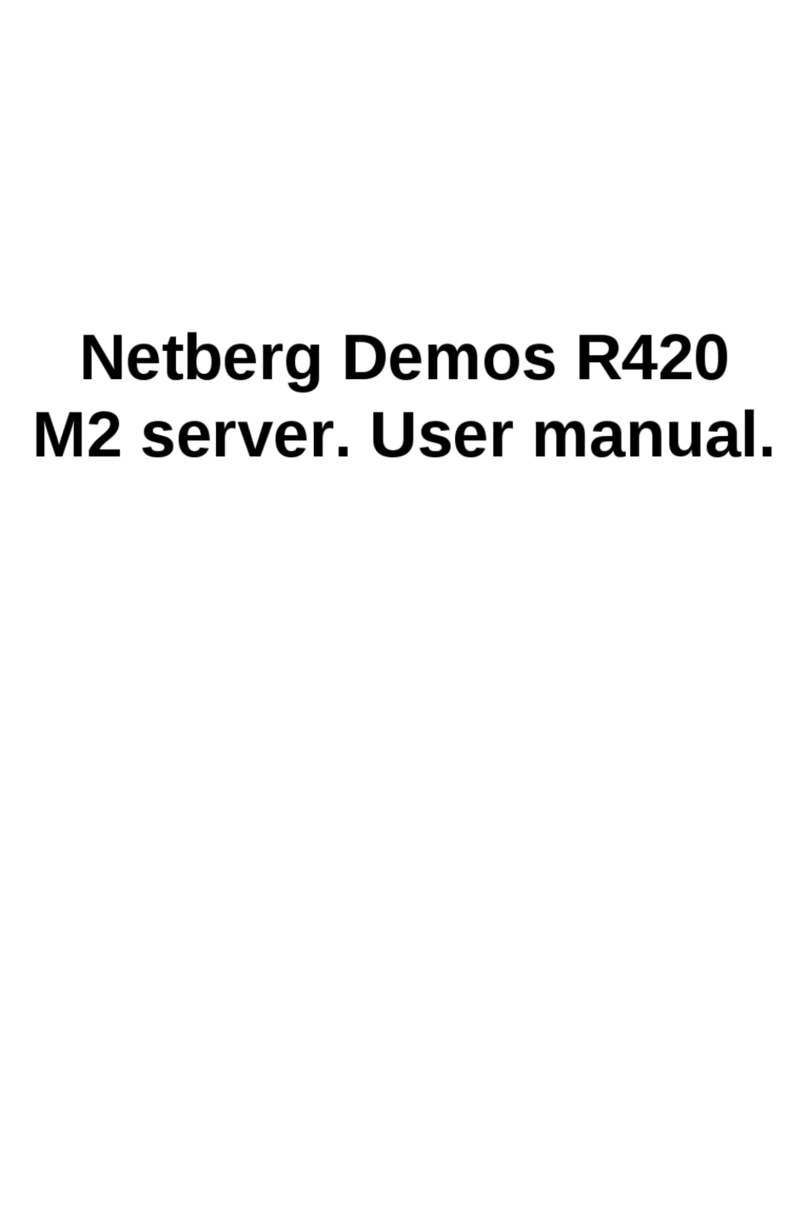
Netberg
Netberg Demos R420 M2 user manual
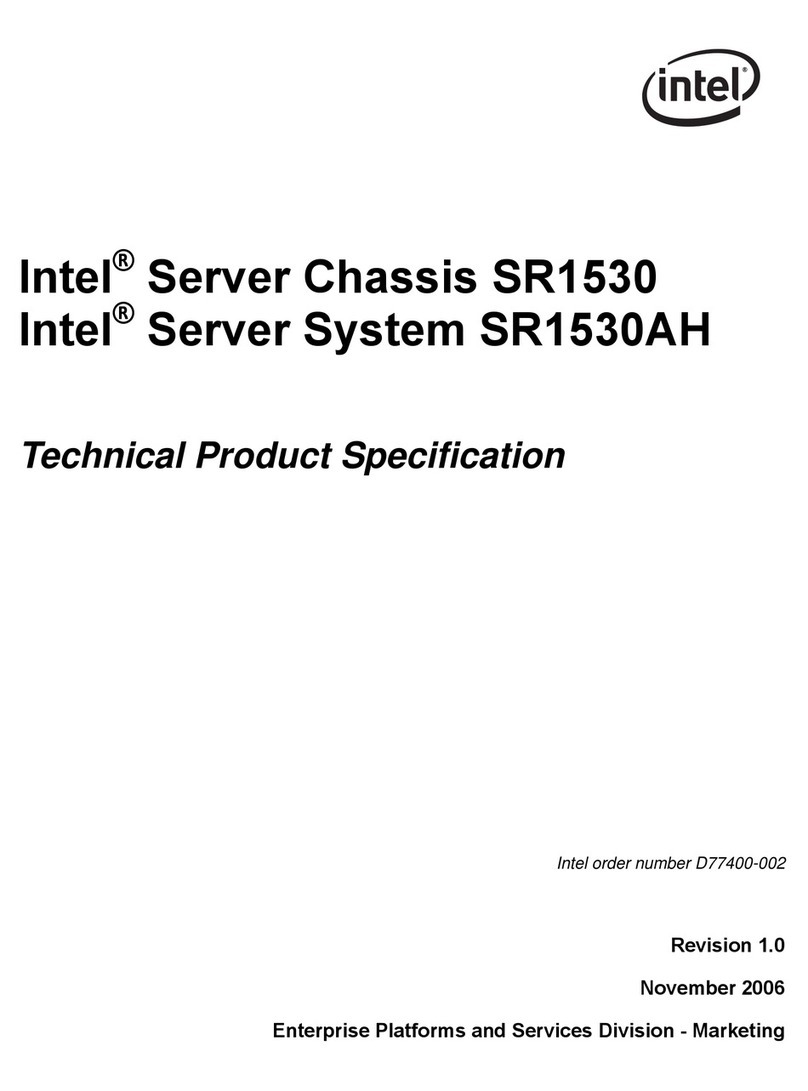
Intel
Intel SR1530AHNA Technical product specification
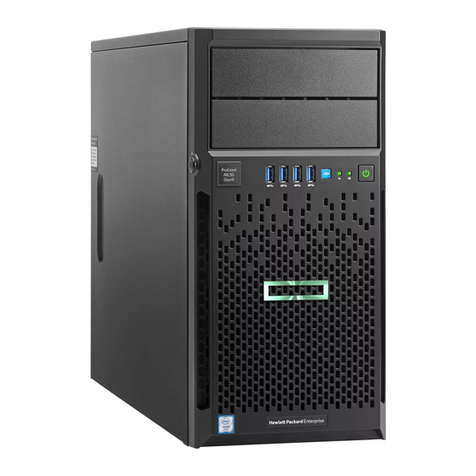
HP
HP HPE ProLiant ML30 Gen9 user guide
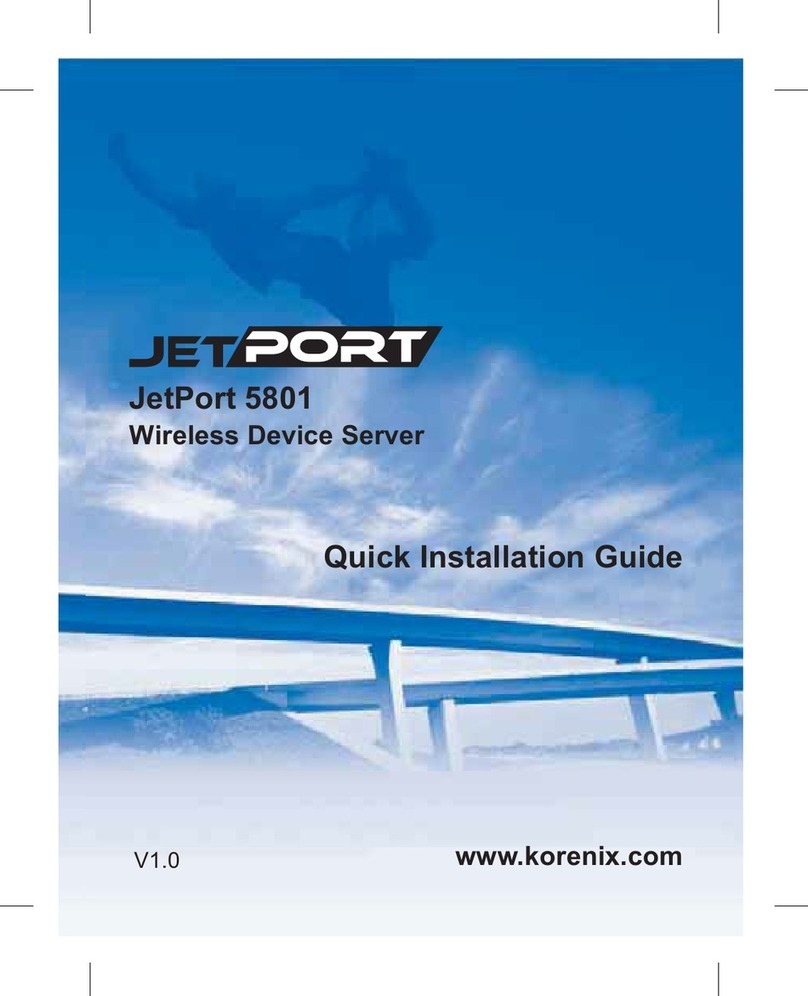
Korenix
Korenix JetPort 5801 Quick installation guide

HP
HP HPE ProLiant DL325 Maintenance and service guide
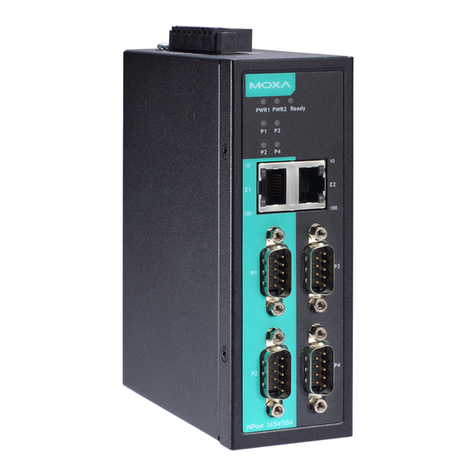
Moxa Technologies
Moxa Technologies NPort IA5450A Quick installation guide
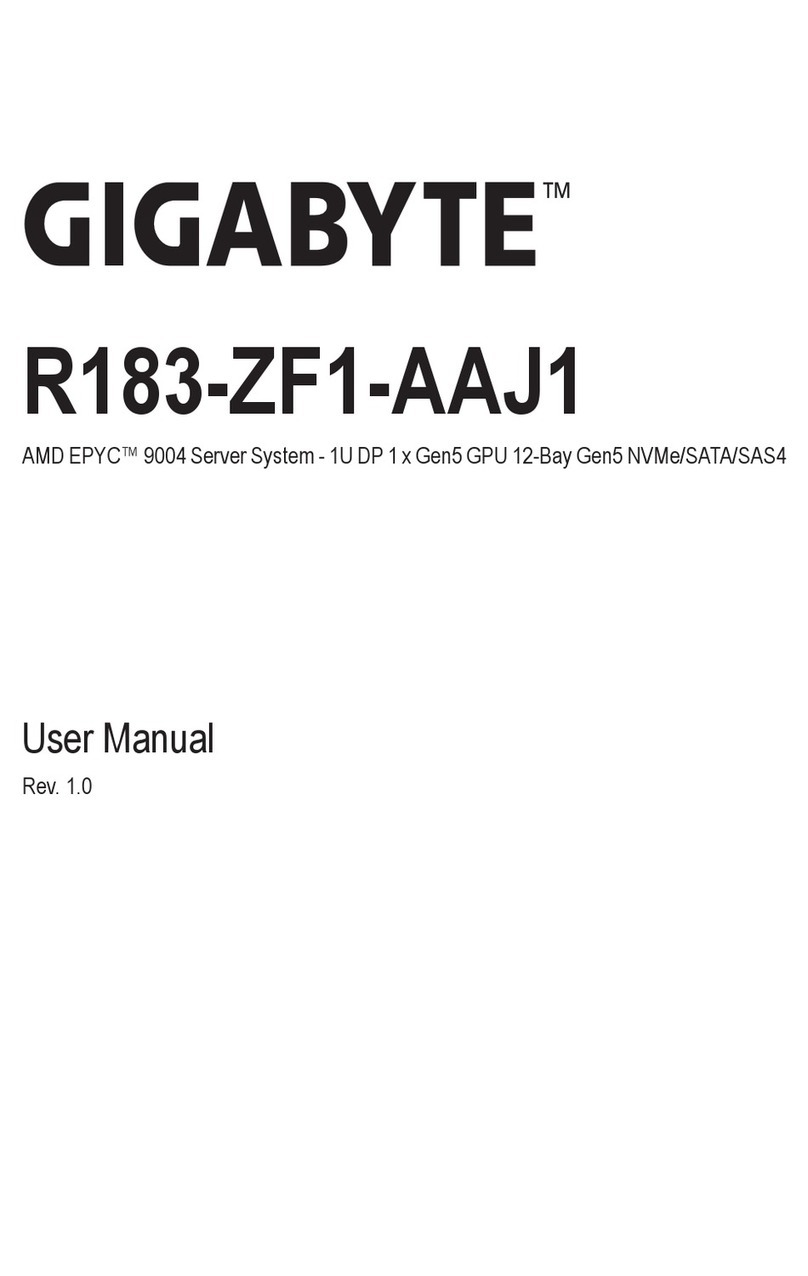
Gigabyte
Gigabyte R183-ZF1-AAJ1 user manual
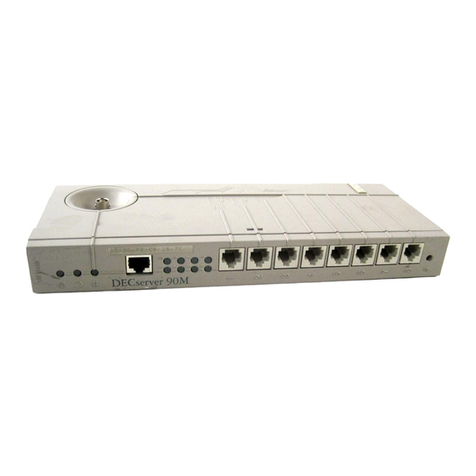
Digital Equipment
Digital Equipment DECserver 90M owner's manual
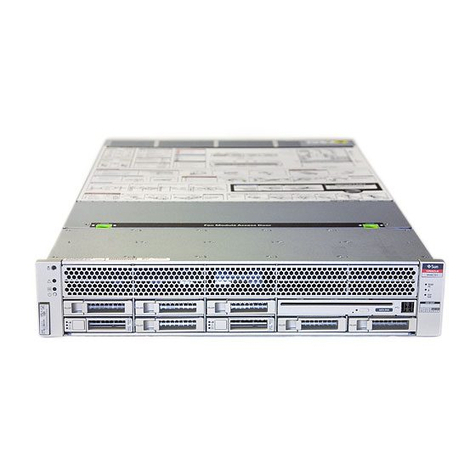
Sun Oracle
Sun Oracle SPARC T3-1 installation guide

Snap Appliance
Snap Appliance Snap Server 510 Quick Start Guide and User CD

HP
HP ML530 - ProLiant - 128 MB RAM Setup and installation
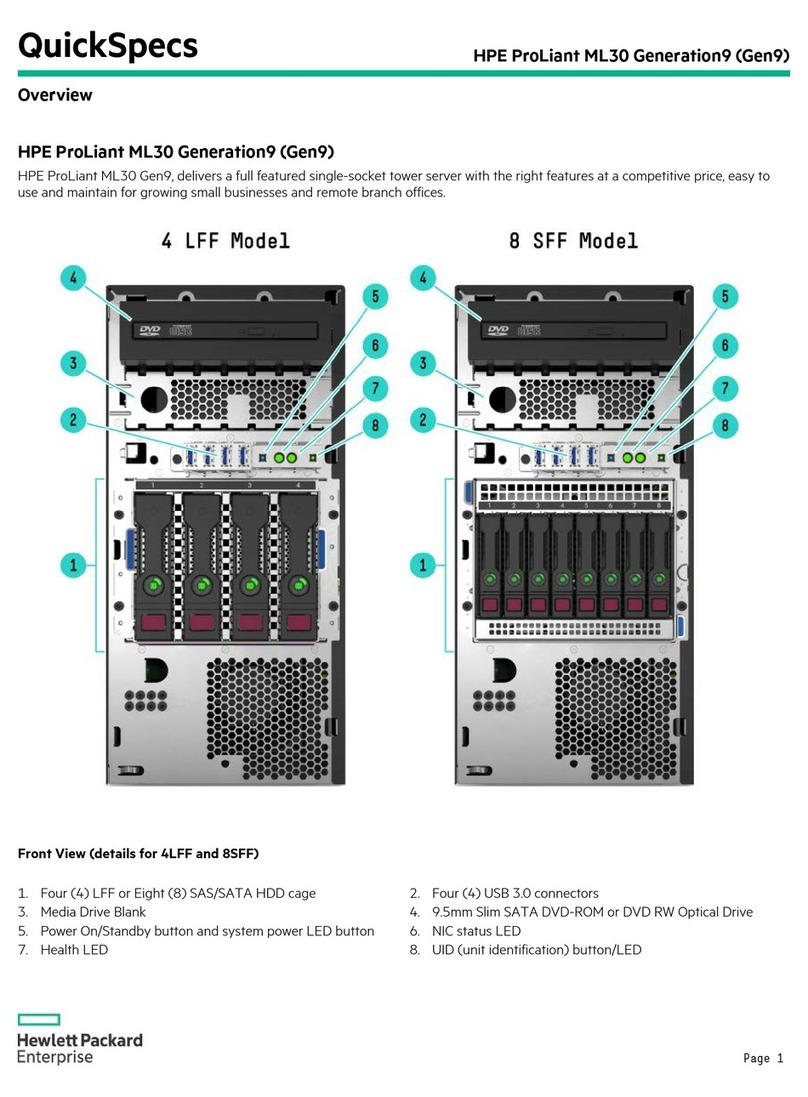
HPE
HPE ProLiant ML30 Generation9 Quickspecs
